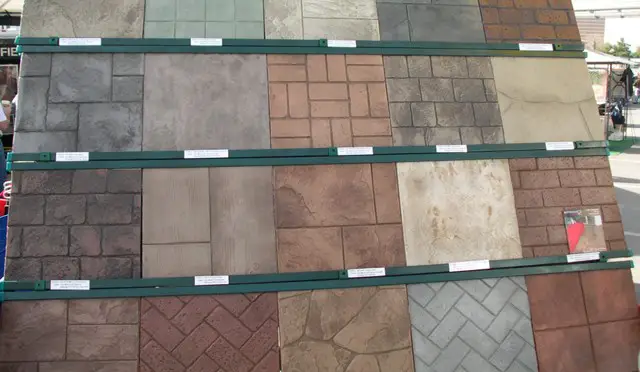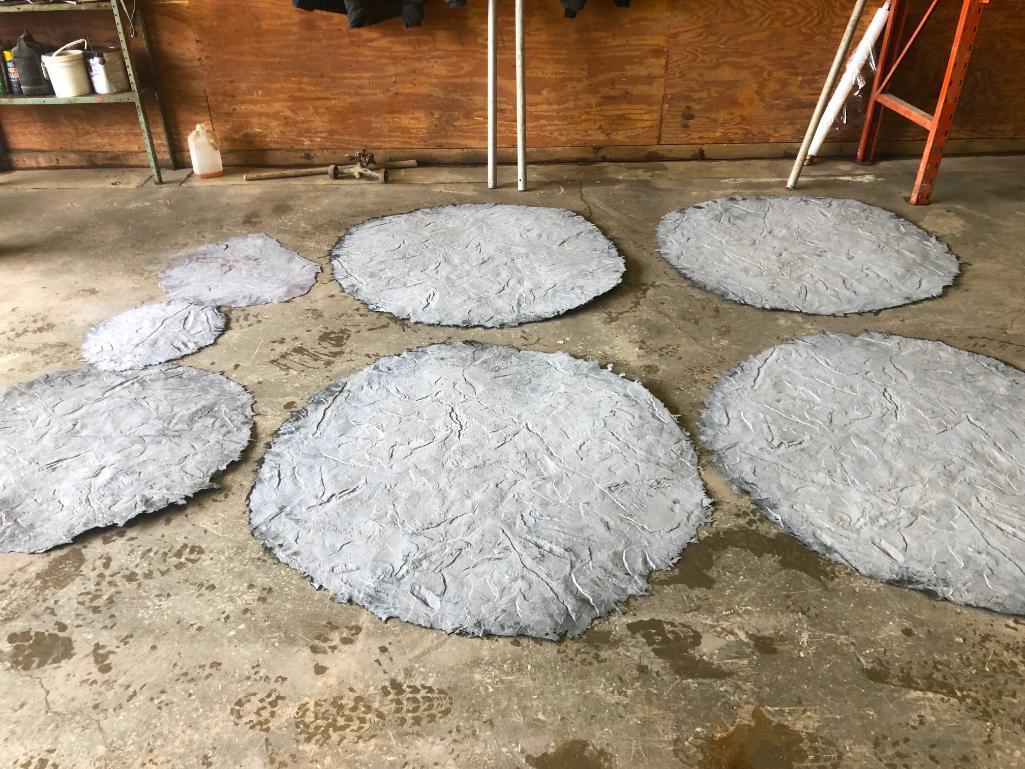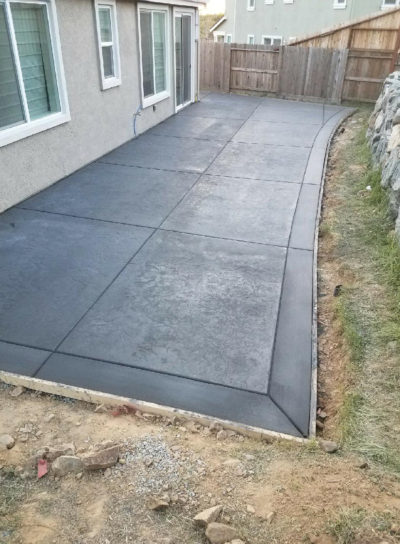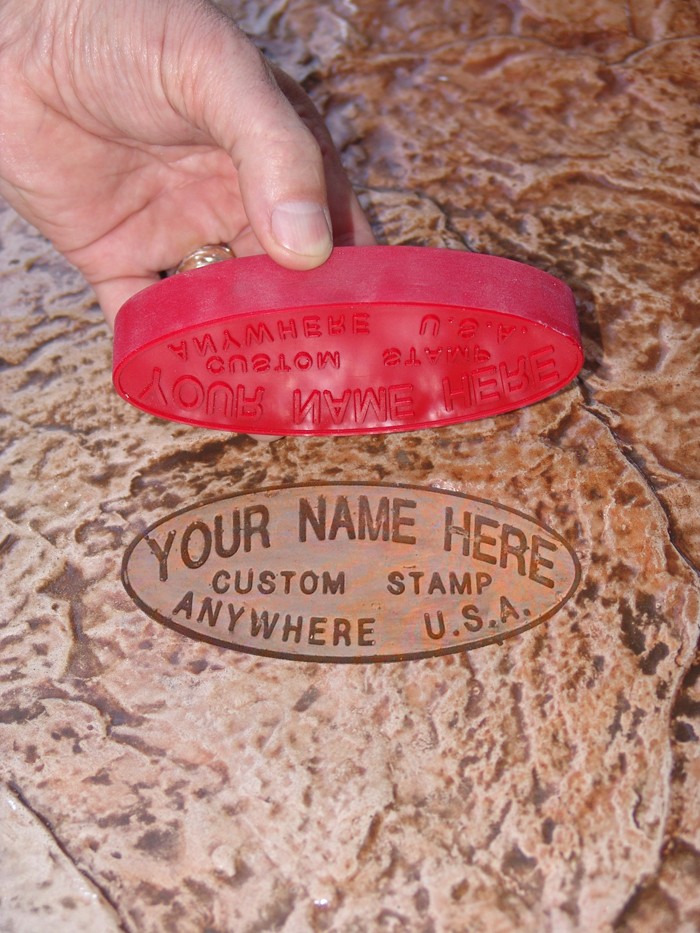

Stampable overlays use some of the same methods as stamped concrete coloring.
Concrete stamps install#
Install the overlay at the correct depth to avoid bottoming out with the stamp. When using traditional stamps, be aware of the impression depth.
Concrete stamps skin#
After sufficient set time, the overlay is textured like stamped concrete using a texture skin or traditional stamp. Once either overlay is mixed, the material is applied using a gauge-rake, squeegee, and/or trowel. OL-60 Stampable Overlay is the gray overlay designed as an add-water product compatible with Color Hardener/ SC-60 Stampable Overlay is a white add-polymer mix that is compatible with Overlay Liquid Color. For example there are two Brickform Stampable Overlays. The exact mixing and installation method for a stampable overlay depends on the exact product chosen. Once the appropriate surface profile is achieved, installation can begin. Reference the technical information sheet for the chosen overlay and surface preparation guidelines from ICRI before you begin.
Concrete stamps free#
The surface should also be free of contaminants that would prevent a bond from forming. Any loose or weakened material must be removed before the overlay is installed. As mentioned above, structurally unsound concrete is not suitable for overlayment.

With any overlay process, surface preparation is the most important aspect. In many keys aspects, stampable overlays act and perform just like concrete. This composition creates a durable and easily workable material well suited for texturing. Stampable overlays are made from a special blend on polymers, fine aggregates, and cement. These overlays are much thicker than microtoppings but not as much as a self-leveling overlay. Stampable overlays are a thick overlay capable of accepting texture from stamps. The best way to get stamped concrete over existing concrete is a stampable overlay. If the underlying concrete is not structurally sound, it is not worthwhile to overlay it. Surface deterioration and loose materials on the surface will prevent the overlay from adhering. Major cracking and shifting will cause the concrete overlay to break and crack, too. Examples of significant damage include large cracks, settling, and massive surface deterioration. Any significant structural damage will cause problems later on. In this case the subgrade is the existing concrete slab!įirst, carefully inspect the concrete for damage. As with new placement, the slab is only as good as the subgrade. For these reasons, it is often best to avoid tearing out old concrete if possible.īefore you start considering stamped concrete over existing concrete, the existing concrete must be evaluated.

Concrete stamps crack#
Heavy equipment and trucks can crack adjacent concrete. Skid steers and earthmovers will destroy landscaping and grass. On top of the added labor and cost, demolishing existing concrete has the potential to damage surrounding areas. All of this adds thousands of dollars and hours of labor before the new slab is even started. There is also additional labor and cost associated with disposal and demolition equipment rental. Replacing concrete can be traumatic! Demolishing and removing reinforced concrete can take several hours for just a couple hundred square feet. Color stamp concrete using any combination of integral colors, color hardeners, and stains. This creates permanent patterns and textures in the concrete.

While it is still plastic, concrete is imprinted using these tools. Stamped concrete is created using specialized texturing tools. Stamped colored concrete is a premium flooring and paving option with a wide range of benefits that make it a desirable alternative to pavers, standard concrete, and stone. It is also more economical and durable than many of its natural material competitors.


 0 kommentar(er)
0 kommentar(er)
